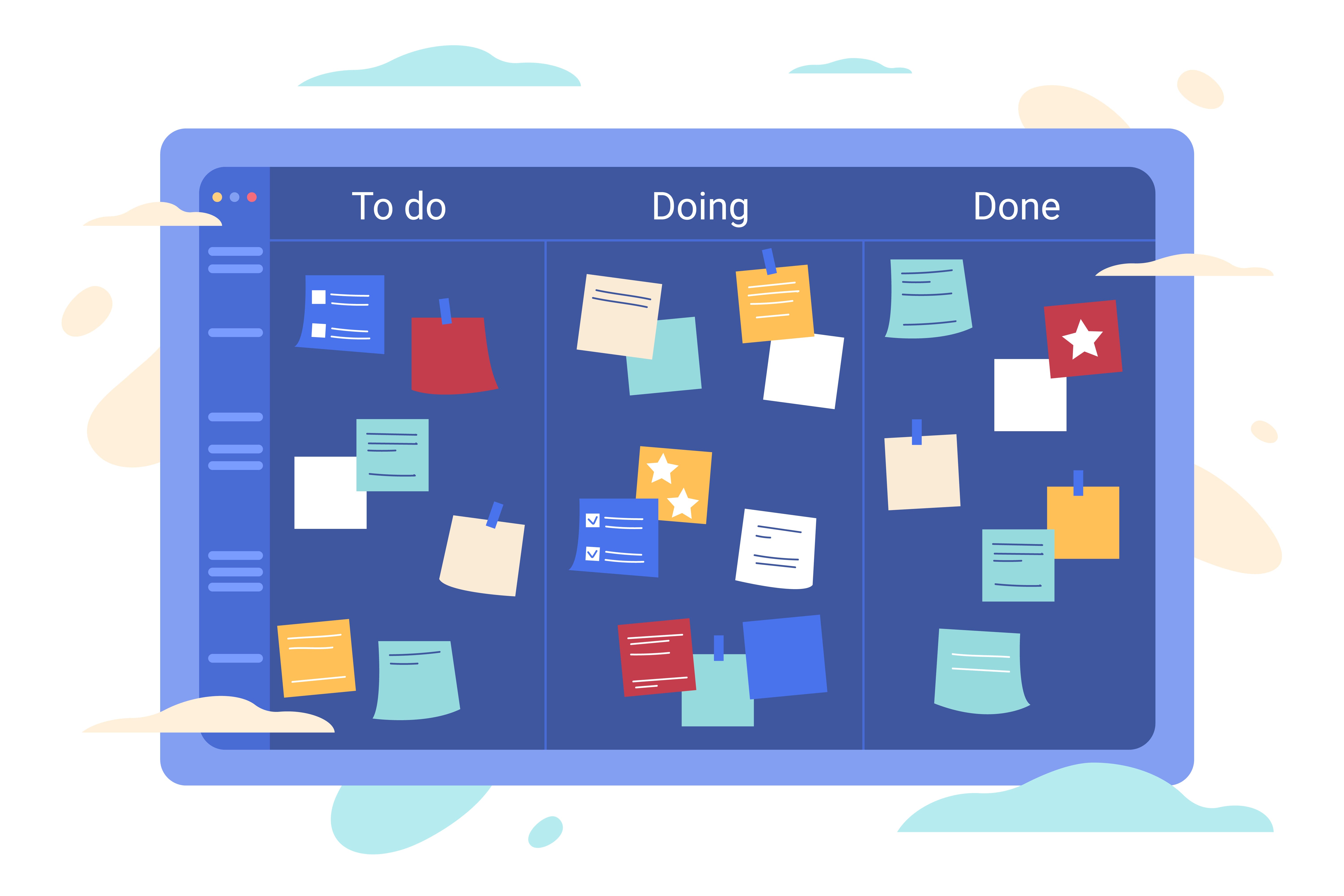Task management and tracking tools are essential for organizing and monitoring individual tasks within a project. They enable teams to collaborate, assign responsibilities, set deadlines, and track progress efficiently.
Here, we’ll explore three popular task management and tracking tools—Jira, Wrike, and Basecamp—and provide insights into how they can enhance task management and team productivity.
1. Jira
Features:
- Issue and project tracking.
- Customizable workflows and issue types.
- Advanced reporting and analytics.
- Integration with development and testing tools.
- Agile project management capabilities (Scrum, Kanban).
How to Use Jira for Task Management:
Creating Projects and Issues:
- Create a Jira project for your team or project, e.g., “Software Development.”
- Add issues (tasks) to the project, specifying details, priorities, and assignees.

Customizing Workflows:
- Customize workflows to match your team’s processes and stages.
- Define issue types and their specific fields.
Agile Task Management:
- Create boards for Agile project management (e.g., Scrum or Kanban).
- Add tasks to boards and move them through stages (e.g., “To Do,” “In Progress,” “Done”).
Reporting and Analytics:
- Generate reports and dashboards to monitor project progress and identify bottlenecks.
- Utilize agile reports like burndown charts for tracking.
Example:
A software development team uses Jira to manage a product release. They create a project in Jira and add user stories as issues. Each issue includes detailed descriptions, acceptance criteria, and assignees. The team customizes their workflow to match their Agile development process, using columns like “Backlog,” “In Progress,” and “Done.” With Jira’s reporting features, they track sprint progress, identify blockers, and maintain transparency throughout the development cycle.
2. Wrike
Features:
- Task and project management with Gantt charts and timelines.
- Real-time collaboration and document sharing.
- Customizable workflows and task statuses.
- Time tracking and resource allocation.
- Reporting and analytics.
How to Use Wrike for Task Management:
Creating Projects and Tasks:
- Create a project in Wrike, e.g., “Marketing Campaign.”
- Add tasks to the project, set due dates, and assign owners.

Task Organization:
- Organize tasks using folders and subtasks to create a hierarchy.
- Use custom workflows and task statuses to track progress.
Collaboration and Document Sharing:
- Collaborate with team members within task discussions.
- Attach documents, images, and files to tasks for reference.
Time Tracking:
- Track time spent on tasks to monitor productivity and project costs.
- Allocate resources to tasks to ensure efficient work distribution.
Example:
A marketing agency relies on Wrike to manage multiple client campaigns. They create a project for each campaign and break them down into tasks. Custom workflows help them track the approval process, from content creation to client review. Collaborative features allow team members to comment on tasks, share assets, and monitor campaign progress. Wrike’s Gantt charts help them visualize timelines and adjust project schedules as needed.
3. Basecamp
Features:
- To-do lists and task assignments.
- Message boards for discussions.
- File sharing and document storage.
- Calendar for scheduling.
- Hill Charts for tracking project progress.
How to Use Basecamp for Task Management:
Creating Projects and To-Do Lists:
- Create a project in Basecamp, e.g., “Client Website Redesign.”
- Add to-do lists within the project and populate them with tasks.

Task Assignments and Due Dates:
- Assign tasks to team members and set due dates.
- Monitor task progress through to-do lists.
Discussions and Document Sharing:
- Use message boards for team discussions and updates.
- Share project-related files and documents within Basecamp.
Calendar and Scheduling:
- Schedule project milestones and events on the project calendar.
- Set deadlines for tasks and sync them with the calendar.
Example:
A creative design team uses Basecamp to manage projects for different clients. They create a project for each client and use to-do lists to track tasks such as concept creation, design revisions, and finalization. Team members are assigned tasks with due dates, ensuring accountability. Basecamp’s message boards facilitate discussions on design concepts and project updates. The team also utilizes the calendar to schedule client meetings and project milestones.
In conclusion, task management and tracking tools like Jira, Wrike, and Basecamp offer diverse features to streamline task organization, collaboration, and progress monitoring. The choice of tool depends on the specific needs of the project, team preferences, and the desired level of project visibility and reporting.
